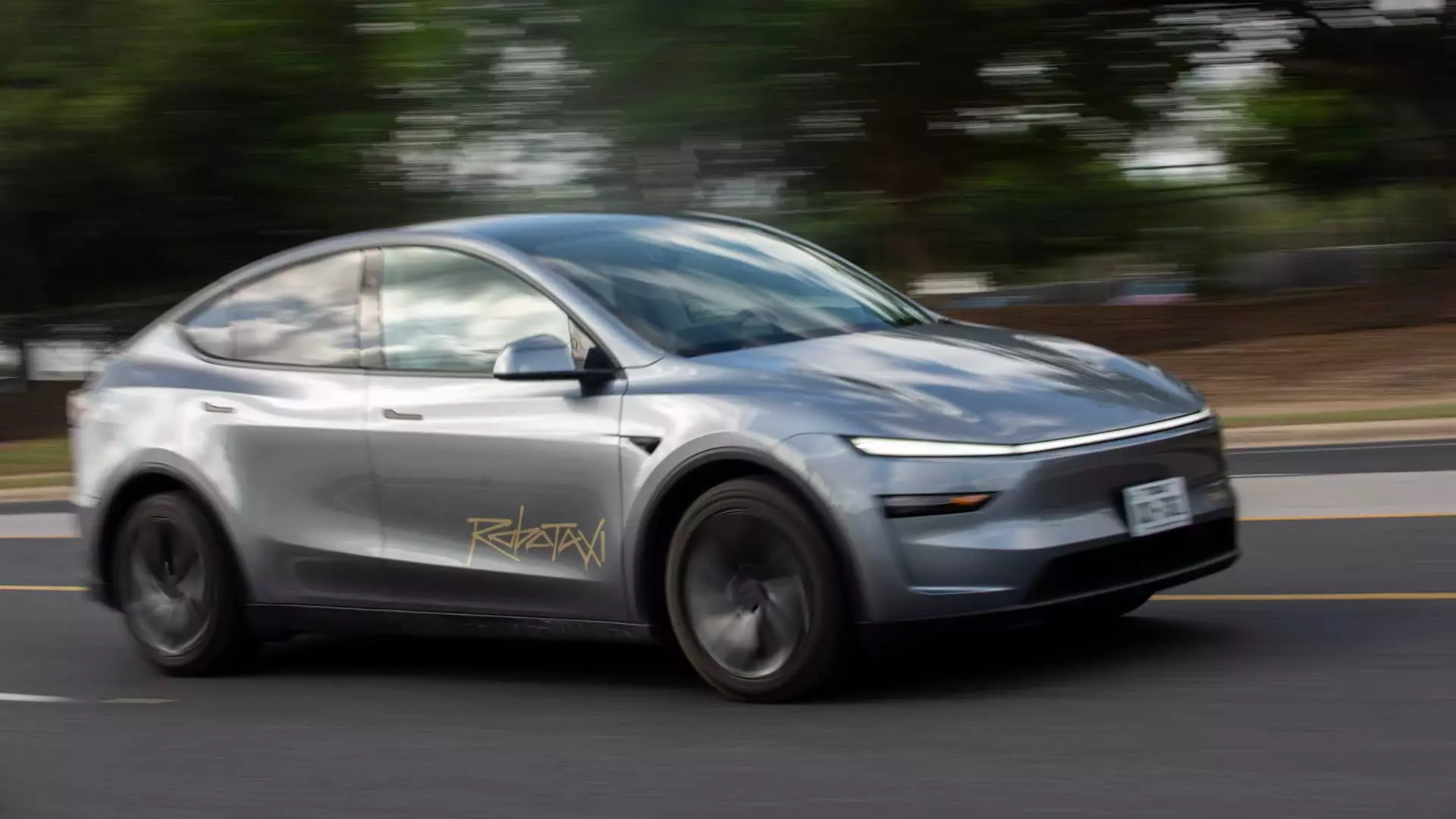Tesla’s high-profile push into autonomous vehicle (AV) services signals a profound shift in the transportation landscape. CEO Elon Musk’s recent hints about expanding Tesla’s robotaxi operations into the San Francisco Bay Area ignite excitement among tech enthusiasts and investors. However, beneath this promising vision lies a complex web of legal and regulatory obstacles that reveal a significant gap between technological capability and legal authorization. While Tesla eagerly anticipates a future where autonomous taxis operate freely on public roads, California’s regulatory agencies firmly maintain control over the current limits—mandating human oversight and restricting fully driverless operations.
This regulatory stance exemplifies a cautious approach rooted in safety and accountability concerns. Despite Tesla’s claims of advancing self-driving technology, regulators emphasize that, at present, Tesla vehicles must be operated with a human driver present—something that critics argue slows the pace of innovation. Essentially, existing rules restrict Tesla’s robotaxi service from transitioning from a driver-assisted model to truly autonomous ride-hailing, thereby retarding the company’s vision of disruptive urban mobility. Tesla’s assertion that it plans to offer service to friends, family, and select customers under a permit thus appears more like a nuanced business move within legal boundaries rather than an unrestrained deployment of autonomous technology.
Tesla’s Permit Limitations and the Line Between Testing and Commercial Deployment
Currently, Tesla’s operations in California are confined by a specific permit that allows for non-automated private transit but explicitly excludes autonomous passenger transport. The company’s attempts to extend operations—such as offering rides for payment or hosting autonomous vehicles in public rides—are constrained by these regulations. The differentiation between testing and commercial deployment becomes crucial here. While Tesla’s cars on Austin streets are technically “drivered,” they leverage advanced hardware and software that hint at a future where such restrictions might loosen, but the regulatory framework remains cautious.
The ongoing debate about Tesla’s autopilot features further complicates matters. Despite Tesla’s marketing describing Autopilot and FSD as “hands-on” systems that require driver supervision, user videos have often shown drivers disengaged, raising safety issues. This discrepancy between Tesla’s promotional language and how users operate these systems underpins the current regulatory scrutiny, especially in California, where consumer safety and truthful marketing are primary concerns. The DMV’s investigation into Tesla’s conduct highlights the tension between innovation and responsible regulation, illustrating how missteps—intentional or not—could have long-term ramifications for the company’s licensing and operational freedoms.
Community Engagement and the Cost of Innovation
One of the most surprising elements in Tesla’s approach is the apparent lack of transparent communication with local authorities and community stakeholders. Many officials, including members of Marin County, report being unaware of Tesla’s plans to expand robotaxi services in the region. This opacity underscores a potential disconnect: Tesla appears eager to push technological boundaries but perhaps underestimates the importance of local engagement and community trust.
The absence of formal dialogue may lead to public mistrust and regulatory delays, especially as autonomous vehicle deployment becomes more widespread. Local governments, while admitting uncertainty about the specific plans, emphasize the need for clearer communication. They recognize that autonomous mobility is not just a technological challenge but also a social and regulatory one. If Tesla—and other innovating companies—fail to collaborate transparently, they risk fueling backlash that could slow down all progress in the autonomous vehicle sector.
Competing Strategies and the Road Ahead
Tesla isn’t alone in pursuing autonomous taxi services. Companies like Waymo have already secured extensive permits, allowing driverless operations for paid rides. Their strategic approach—obtaining necessary approvals before launching commercial services—stands in stark contrast to Tesla’s more aggressive, sometimes opaque, push. This difference underscores the importance of regulatory foresight and collaboration for companies seeking to pioneer in autonomous mobility.
Tesla’s bold ambitions must navigate a delicate balance: pushing the technological envelope while respecting existing legal frameworks. The regulatory environment is still evolving, often lagging behind technological advancements. While Tesla’s aspirations remain lofty, the current regulatory climate functions more as an obstacle course than a clear path forward. The company’s future success hinges not only on technological breakthroughs but also on its ability to comply, communicate, and build trust with regulators and communities alike.
In the end, Tesla’s journey illuminates a broader truth: innovation in autonomous transportation requires more than just technological prowess; it demands strategic navigation of legal, social, and ethical terrain. As the company endeavors to expand its robotaxi ambitions, it must grapple with the realities of regulation, community engagement, and consumer safety—elements that will ultimately determine whether autonomous taxis become a commonplace feature of urban life or remain a distant vision confined to experimental streets.


Leave a Reply